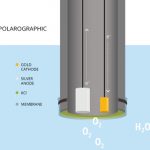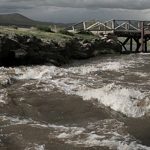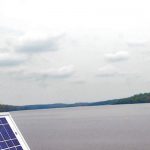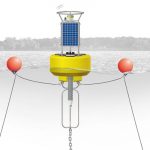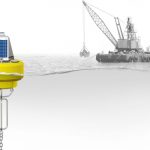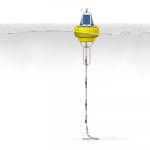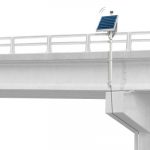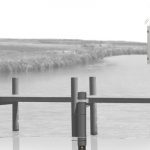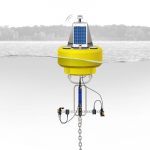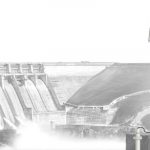Sensors can measure dissolved oxygen either in the field or lab. They range in design and function for use in long-term monitoring, BOD tests, or sampling.
Articles Tagged: Blog
Tag blog post for search
How to Measure Turbidity
Planning/choosing the right instruments and processes for turbidity measurement can be a challenge. NexSens explores some of the best choices available in the context of experience and highlights the basic requirements for a successful system.
Weather Stations: Hydromet Systems
Hydrologic and meteorologic parameters are monitored using a hydromet system. NexSens Technology Inc., integrates weather sensors, data loggers and telemetry options to provide real-time monitoring capabilities.
Water Current Monitoring with an ADCP
Acoustic Doppler Current Profilers (ADCPs), are most commonly deployed to measure current and can be easily integrated with NexSens buoys.
Turbidity Monitoring at Dredge Sites
For regulatory or other needs, turbidity monitoring is and important aspect of any dredging project. Dredging affects water clarity and quality and should be monitored in real time to aid with remediation efforts associated with elevated turbidty.
Temperature Profiling – Thermistor Strings
The NexSens TS210 Temperature String provides high precision measurements for profiling in lakes, streams, and coastal waters.
Scour Monitoring at Bridges
Scour monitoring beneath abutments, bridges, piers, and other underwater structures is important for early-warning and preventative management strategies and commonly use sonar based sensors.
Nutrient Monitoring – Nitrate
Nitrate, phosphate, and other nutrients are increasingly important indicators of the overall health of a water system. Real-time nutrient monitoring with NexSens telemetry systems offers critical insight into these water quality changes over time.
Lake Monitoring of Water Quality
Real-time lake monitoring systems allow water quality experts and lake management professionals to stay a step ahead of water quality issues.
Dissolved Oxygen Monitoring at Hydroelectric Plants: Part II
Monitoring dissolved oxygen levels is key for any hydroelectric facility. Real-time data allows for a quick, responsive mitigation plan.

